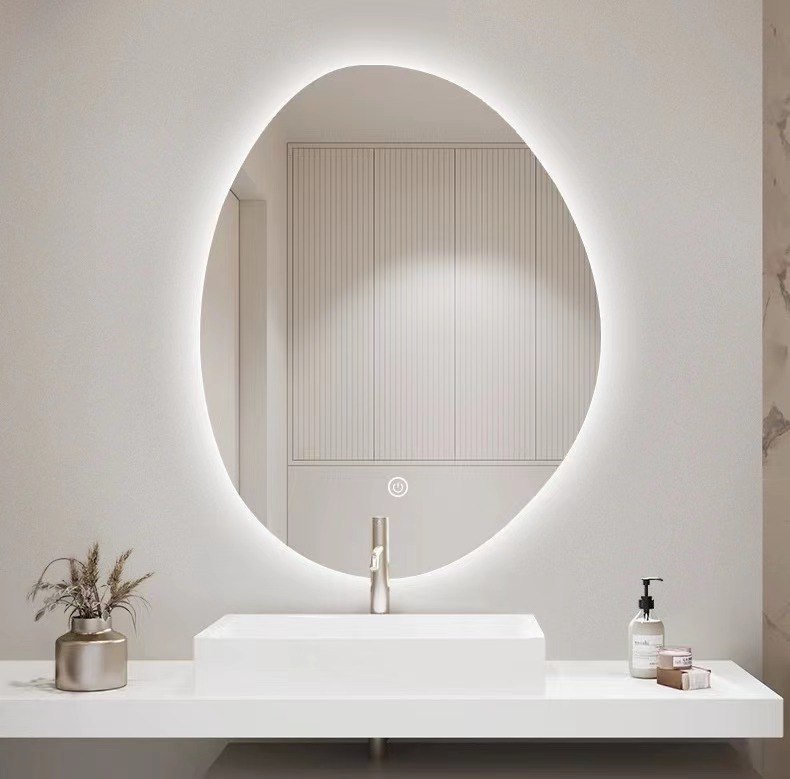

The Rise of Green Float Glass Sustainable Solutions for Modern Architecture
In recent years, the construction and design industries have witnessed a significant shift towards sustainability. One of the notable innovations in this realm is the development of green float glass. This environmentally friendly material is not only aesthetically pleasing but also plays a crucial role in promoting energy efficiency and reducing the carbon footprint of buildings.
Float glass is made by floating molten glass on top of molten tin, creating a smooth, flat surface. Traditionally, float glass manufacturing processes have been associated with high energy consumption and significant carbon emissions. However, the advent of green float glass marks a transformative step towards mitigating these environmental impacts. Green float glass is produced using recycled materials, which reduces the need for raw resources and minimizes waste. By incorporating post-consumer glass into the production process, manufacturers can significantly decrease their ecological footprint while enhancing the glass's sustainability credentials.
One of the pivotal features of green float glass is its energy efficiency. In an era where climate change has become one of the most pressing global challenges, energy-efficient building materials are essential. Green float glass offers high thermal performance, helping to regulate indoor temperatures and reduce the reliance on heating and cooling systems. This not only leads to substantial energy savings for homeowners and businesses but also contributes to lower greenhouse gas emissions. As energy costs continue to rise, the appeal of energy-efficient solutions like green float glass becomes increasingly apparent to architects and builders alike.

Moreover, green float glass excels in aesthetic versatility. Available in various tints and finishes, it allows architects and designers to create striking facades and interiors that capture light beautifully while maintaining optimal energy performance. The addition of green float glass can enhance the visual appeal of commercial and residential buildings, giving them a modern and sleek look. Its reflective properties also allow for significant natural light penetration, which can lead to improved occupant well-being and productivity.
The benefits of green float glass extend beyond aesthetics and energy efficiency; it also offers durability and safety. Manufactured to meet stringent safety and performance standards, green float glass can withstand various weather conditions and resist breaking, making it ideal for use in a wide range of applications, from windows to facades. This durability translates into lower maintenance costs and a longer lifespan, ultimately leading to financial savings for property owners.
The growing popularity of green float glass is not merely a trend; it reflects a larger commitment to environmental stewardship within the construction industry. As more architects and builders prioritize sustainable practices, the demand for green float glass is expected to rise. Governments and regulatory bodies are also increasingly promoting sustainability initiatives and providing incentives for the use of eco-friendly materials. This supportive environment encourages innovation in the materials sector, paving the way for further advancements in the production of green float glass.
In conclusion, green float glass represents a significant step forward in sustainable building materials. By combining energy efficiency, aesthetic appeal, and environmental responsibility, it aligns perfectly with the contemporary shift towards sustainable architecture. As the world continues to embrace green building practices, green float glass is poised to become a cornerstone in modern construction, helping to create spaces that are not only beautiful but also environmentally friendly. In this way, the rise of green float glass signifies hope for a more sustainable future in construction and design.